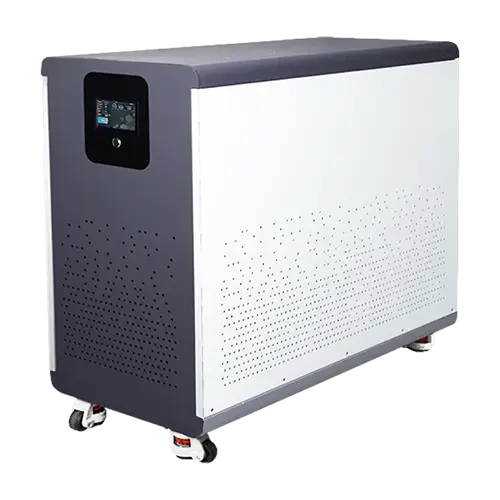
Solar energy is a fantastic renewable energy source, but special situations like blackouts, extreme weather, or equipment failures can disrupt its reliability. A common question users ask is, "How can I use solar power during a blackout?" This article explores practical solutions for blackouts and other challenges, ensuring your solar system remains a dependable power source.
Using Solar Power During a Blackout
Many solar system owners are surprised to learn that on-grid systems often shut down during a blackout to prevent back-feeding electricity into the grid, which could endanger utility workers. For instance, during Spain’s nationwide blackout in April 2025, rooftop solar owners couldn’t access their solar power due to this safety feature.
Solution: Invest in a hybrid inverter with battery storage. This setup allows your system to switch to off-grid mode during a blackout, drawing power from your batteries. For a typical household, a 5kW hybrid inverter paired with a 10kWh battery can power essentials like lights, a fridge, and small devices for 8-12 hours. Prioritize energy-efficient appliances to extend battery life. Be cautious when connecting your inverter and battery—common mistakes in solar inverter and battery connections can lead to inefficiencies or safety issues.
What to Do When Your Solar Panel Is Not Charging
Charging failures are a common issue, often caused by shading, dirt on panels, or faulty connections. If your solar panel is not charging, follow these steps:
- Clean the Panels: Dust or debris can reduce efficiency by up to 20%. Use a soft cloth and soapy water to clean them every 3-6 months.
- Check for Shading: Ensure trees or structures aren’t blocking sunlight, especially during peak hours (10 AM to 2 PM).
- Inspect Connections: Use a multimeter to check for voltage drops in wiring or at the charge controller. A 100W panel should produce around 18V in full sun.
If the issue persists, consult a technician to inspect your charge controller or inverter for faults, especially after events like lightning strikes, which users on X have reported as a cause of damage.
Preparing Your Solar System for Extreme Weather
Extreme weather, such as heavy snow, ice storms, or hail, can significantly impact solar systems. For example, users have reported panels cracking under hail or snow accumulation reducing output to near zero in winter. Here’s how to prepare your solar system for extreme weather:
- Install Protective Measures: Use hail-resistant panels (rated for 25mm hail at 23m/s) or add protective mesh screens.
- Adjust Panel Angles: Tilt panels to a steeper angle (e.g., 40-45 degrees) in snowy regions to encourage snow to slide off.
- Insulate Batteries: Cold temperatures can reduce battery efficiency by 20-30%. Store batteries in a temperature-controlled environment (above 0°C).
Powering Your Home at Night with Solar Battery Storage
Solar panels don’t generate power at night or during prolonged cloudy periods, making solar battery storage for night essential. A typical 200Ah 12V battery can store enough energy to power small loads (e.g., 500W) for 4-5 hours. Lithium iron phosphate (LiFePO4) batteries are a great choice for solar storage due to their longevity and efficiency—learn more about their benefits in this guide on LiFePO4 solar batteries.
Tip: Optimize battery usage by charging during peak sunlight hours and using energy-efficient LED lighting at night. For larger needs, consider a 48V system with lithium-ion batteries, which offer higher efficiency (90-95% round-trip) compared to lead-acid (80-85%).

Addressing Solar System Maintenance Issues
Regular maintenance prevents unexpected failures. Common solar system maintenance issues include loose connections, inverter errors, and battery degradation.
- Routine Checks: Inspect wiring and mounting hardware every 6 months to prevent corrosion or loosening.
- Monitor Battery Health: Lithium-ion batteries typically last 10-15 years, but over-discharging (below 20% capacity) can shorten their lifespan. Use a battery management system (BMS) to monitor charge levels. For more advice, check out these key tips to maintain your LiFePO4 solar battery.
- Protect Against Natural Risks: Lightning strikes or floods can damage components. Install surge protectors and elevate equipment in flood-prone areas.
Conclusion
Special situations don’t have to derail your solar energy setup. By preparing for blackouts, maintaining your system, and optimizing for extreme weather and night usage, you can ensure reliable power year-round. Start with small upgrades like a hybrid inverter or routine cleaning, and your solar system will serve you well, even in the toughest scenarios.



Leave a Comment